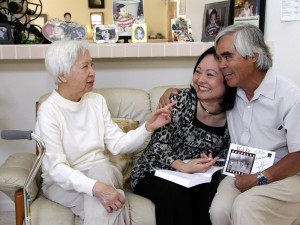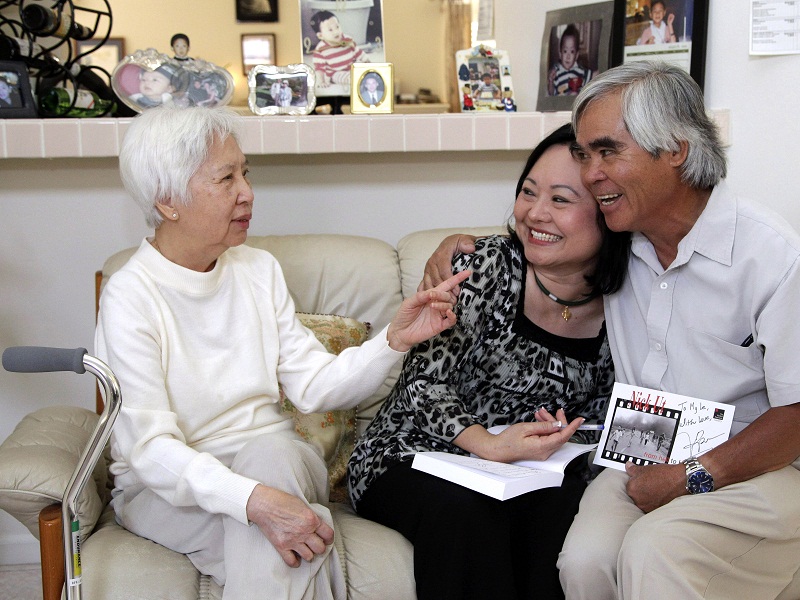

TORONTO — It was a chilling photograph that came to symbolize the horrors of the Vietnam War and, ultimately, helped end it.
It also saved the life of Kim Phuc, who was just a 9 years old when, on June 8, 1972, her village was attacked by south Vietnamese planes.
Phuc, who lives near Toronto with her family, honored those who saved her at a dinner Friday to celebrate the 40th anniversary of the iconic photograph. They include AP photographer Huynh Cong “Nick” Ut, who snapped the shot, as well as other journalists, doctors and nurses who helped her get help and who treated her injuries.
Ut, who was 21 at the time, heard Phuc’s screams as she ran down the road to escape her burning village, and snapped the photo that became famous around the world.
The 21-year-old Vietnamese photographer then drove the badly burned child to a small hospital, where he was told she was too far gone to help. He flashed his American press badge, demanded that doctors treat the girl and left assured that she would not be forgotten.
“I’m so grateful he was there,” Phuc said. “He helped me and rushed me to the nearest hospital. He saved my life. He’s my hero. This opportunity tonight I want to honor all of my personal heroes.”
Ut said he cried when he saw her running. He said if he didn’t help and she died he would have killed himself. He knew right way this picture was different and said veteran photo editor, Horst Fass, deemed it the most the iconic photo of the Vietnam war.
“It changed the war. I met so many American soldiers who said ‘Nicky because of your picture I’ll get to go home early,'” Ut said.
In the Pulitzer Prize-winning image, children run screaming from a burning Vietnamese village. The little girl in the center of the frame, Phuc, is naked and crying, her clothes and layers of skin melted away by napalm.
A few of days after the image shocked the world, a number of British journalists including Christopher Wain, a correspondent for the British Independent Television Network who had given Phuc water from his canteen and drizzled it down her burning back at the scene, fought to have her transferred to the American-run hospital. It was the only facility in Saigon equipped to deal with her severe injuries.
“When we found in her in the British hospital it was in very un-sterile conditions,” Wain said Friday. “I asked one of the nurses how she was and the nurse looked at her and said, ‘Oh, she’ll die maybe tomorrow or maybe next day.’ It was obvious it was very urgent.”
Martha Arsenault, a nurse who cared for her at the American hospital, said when Phuc got to the American hospital nobody thought she’d make it.
“Everybody, the doctors, they all thought she wouldn’t because she was just so burnt,” she said.

Arsenault said the photo reminds her of how just awful war is.
Wain said he still feels slightly concerned for Phuc because she has had to relive the traumatic experience all her life. He said the picture is one of the most iconic war photos of all time.









































